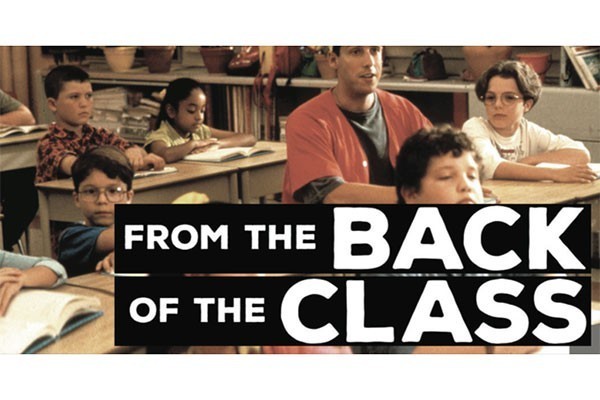Dunedin is beautiful, the people are hospitable and, unlike in other so-called cultural metropolises, you can still get an actual pint for less than the down-payment on a house. However, it was not always so idyllic. Many of the streets we walk upon, like High Street, Stuart Street and the suburb of Māori Hill, were built using the slave labour of Māori political prisoners in the nineteenth century.
You may have heard of the settlement of Parihaka in Taranaki, or not … for which you are forgiven as for many years that was exactly what the government wanted. The settlement was founded in 1866 by chiefs, Te Whiti o Rongomai and Tohu Kakahi, on land seized by “the Man” during the post-war confiscations of the 60s. The nineteenth-century colonial government couldn’t give a fuck about the rule of law.
Te Whiti, fed up with what he saw as government theft of land, initiated a process of peaceful resistance. In 1876 the government began surveying land in the Taranaki for settlement, and Te Whiti and his “ploughmen” began ploughing it up. As fast as the settlers could settle the land, the ploughmen would unsettle it — and as fast as the authorities could arrest the ploughmen, who offered no resistance, another crew would take their place.
Te Whiti’s philosophy dictated that those of greatest mana should be the first to take up the plough, and so the jails of the North Island were soon filled with prominent Māori. All this mana imprisoned within its traditional spheres of influence was a political problem for the embattled colonial government. In January 1880 the prisoners were quietly moved to prisons in the South Island, including Dunedin, with the clear hope that, as the MP for Northern Māori protested, “… they might be got rid of, and that they might perish there”.
You can still see the caves in Anderson Bay where they were held. 137 ploughmen were held in Dunedin prison between 1879 and 1881 and were forced to work on the city’s infrastructure. Three of these men died. The men suffered great hardship, but the manner in which they carried themselves through it impressed the local population and did much to combat the racist stereotypes, such that upon the release of one group, locals farewelled their ship with a good ol’fashioned three cheers.



